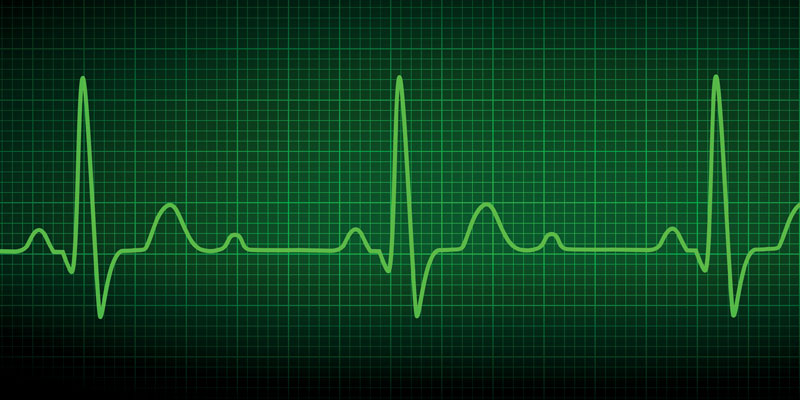The issue
The NHS and other publicly funded systems have limited funds to spend. It is important that decisions on which treatments should be provided using public funds are based on high quality evidence and independent assessments of their clinical effectiveness and value for money. The National Institute for Health and Care Excellence (NICE) makes these decisions nationally, informed by the use of economic evaluation.
The research
York economists have been providing evidence to NICE to support their evaluation of health and care interventions, since it was created in 1999. York research addressed important methodological issues and has shaped the methods adopted by NICE for their technology appraisal process ever since. In particular, the methods we developed and refined helped to improve the reliability of estimates of cost-effectiveness in a number of ways. For example, by finding better ways of summarising the evidence about treatments and allowing for uncertainty in that evidence, as well as ensuring that health costs and gains are considered for specific groups of patients who may differ from other groups in terms of their health status or other characteristics.
The research also provided methods to measure the health that could otherwise be gained if the money that is spent on new treatments was instead available to offer effective treatments to other patients. This measure of 'health opportunity costs' can be used to decide whether new treatments should be introduced to the NHS, ensuring that the additional health benefits offered by new (and more costly) technologies exceed any benefits expected to be lost or displaced elsewhere in the NHS in order to fund these new technologies.
The outcome
NICE produces guidance that sets out the key principles of the methods that must be used by all organisations that submit evidence about a new drug or treatment that is being considered for use in the NHS and which will be paid for from public funds. The original and subsequent guidance was based closely on York research as well as being influenced by the direct involvement of many York researchers in working parties, committees, and decision-making groups, often producing briefing documents for NICE.
The guidance is also used to generate the many hundreds of pieces of evidence for a wide range of clinical conditions such as cancer cardiovascular disease and respiratory health.
The York contribution to economic evaluation methods used by NICE has also influenced international organisations that develop guidelines and methods to support health technology assessment, with York’s work cited in guidance from countries across Europe, Asia, North and South America.


